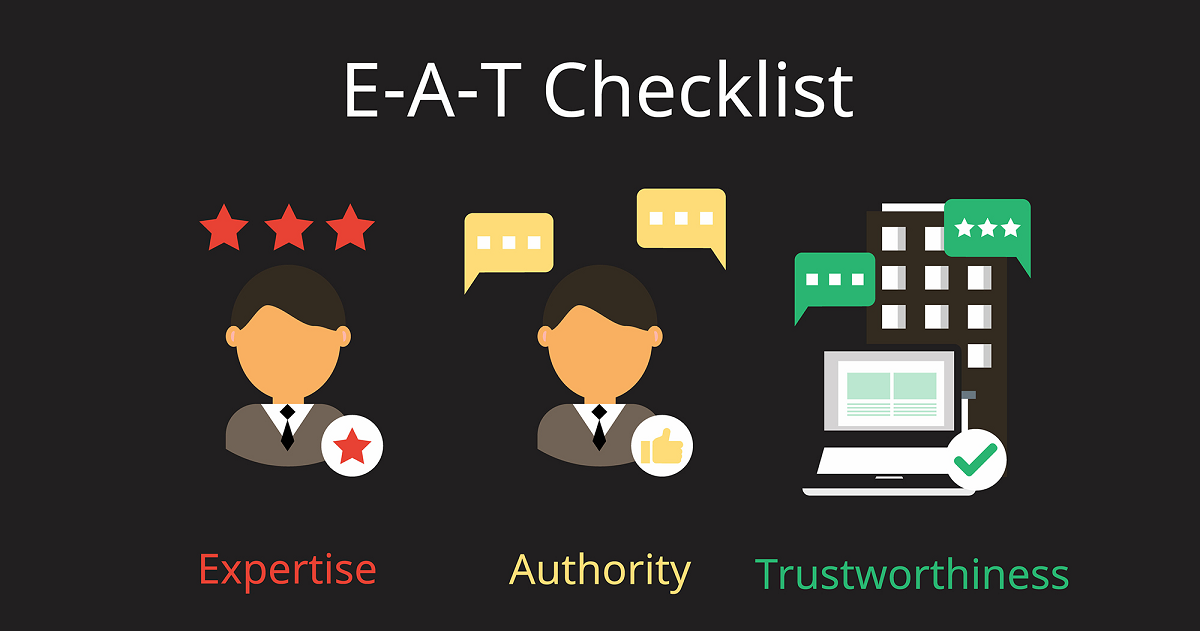BLOG
Creating an Effective Content Calendar

In the ever-evolving landscape of digital marketing, consistency is paramount. A well-crafted content calendar serves as the backbone of any successful marketing strategy, providing a roadmap for timely and relevant content delivery.
Whether you're a seasoned marketer or just dipping your toes into the world of content creation, understanding how to construct an effective content calendar can make all the difference in achieving your goals. From brainstorming engaging topics to scheduling posts across various platforms, each step plays a crucial role in maintaining audience engagement and driving results.
In this blog, we'll delve into the intricacies of crafting a content calendar that not only keeps you organized but also amplifies your brand's voice and message. Join us as we explore the fundamentals, best practices, and innovative strategies to streamline your content creation process and maximize your impact in the digital sphere.
Understanding Your Audience: Key Demographics and Preferences
Creating an effective content calendar requires a deep understanding of your audience. By analyzing key demographics like age, gender, location, and interests, you gain valuable insights to tailor your content.
Understanding audience preferences, whether for articles, videos, or infographics, allows you to meet their needs. Utilizing analytics, surveys, and social media insights provides a comprehensive understanding, enabling you to curate engaging content that drives desired actions.
Setting Clear Goals: Aligning Content Calendar Objectives with Business Objectives
Setting clear, SMART goals ensures your content calendar aligns with business objectives, driving purposeful outcomes. Aligning content with broader goals ensures every piece serves a strategic purpose, contributing to the bottom line.
- Define specific, measurable goals: Clearly articulate what you want to achieve with your content marketing efforts.
- Ensure alignment with business objectives: Your content calendar should support overarching business goals and priorities.
- Set attainable milestones: Break down larger objectives into smaller, achievable targets to track progress effectively.
- Relevance is key: Ensure that your content goals are relevant to your target audience and market needs.
- Time-bound objectives: Establish timelines and deadlines to create a sense of urgency and accountability for achieving your goals.
Setting clear goals and aligning them with your content calendar objectives is essential for driving success in your content marketing efforts. By following the principles of SMART goal setting, you can create a focused and effective content strategy that delivers tangible results for your organization.
Conducting Thorough Keyword Research: Optimizing Content for Search
In the digital age, conducting thorough keyword research is essential for crafting an effective content calendar. Keywords serve as the link between your content and your audience, aiding search engines in understanding its relevance.
By pinpointing high-volume, low-competition keywords relevant to your niche, marketers can optimize content for search engines, enhancing its discoverability and driving organic traffic.
Utilizing long-tail keywords and semantic variations further refines targeting, capturing niche audiences and addressing specific search intents. Integrating keyword research into the content calendar planning ensures that each piece of content contributes to a broader SEO strategy, fostering sustained visibility and organic growth.
Brainstorming Engaging Topics: Techniques for Generating Content Ideas
When it comes to content creation, brainstorming engaging topics is a fundamental step in capturing your audience's attention and driving meaningful engagement. Here are some techniques to help you generate fresh and compelling content ideas:
- Mind Mapping: Start with a central topic or theme and branch out into related subtopics, exploring various angles and perspectives.
- Audience Surveys: Gather feedback directly from your audience through surveys or polls to understand their interests, preferences, and pain points.
- Competitor Analysis: Research what topics and content types are resonating with your competitors' audience, and identify gaps or opportunities for differentiation.
- Trend Monitoring: Stay abreast of industry trends, news, and cultural events to capitalize on timely topics and spark relevant conversations.
- Content Ideation Sessions: Bring together cross-functional teams for collaborative brainstorming sessions, leveraging diverse perspectives and expertise to generate innovative ideas.
By utilizing these techniques for brainstorming engaging topics, you can fuel your content calendar with fresh, relevant, and compelling ideas that resonate with your audience and drive meaningful interactions.
Mapping Content to the Buyer's Journey: Tailoring Messaging to Different Stages
In today's saturated content landscape, delivering targeted messages at the right moments is crucial. Mapping content to the buyer's journey enables marketers to tailor messaging to meet prospects' needs at various purchasing stages. Understanding the awareness, consideration, and decision phases empowers marketers to create content that educates, inspires, and influences effectively.
Whether through blogs, social media, webinars, or emails, aligning content with the buyer's journey fosters relevance and connection, boosting conversion rates. Strategically guiding prospects through each stage nurtures leads, builds trust, and ultimately drives sales and revenue growth.
Choosing the Right Content Types: Leveraging Videos, Blogs, Infographics, etc.
Selecting the right content types is essential for engaging your audience effectively. Here's a rundown of key considerations and options to leverage:
- Videos: Dynamic and visually engaging, videos evoke emotions and boost audience engagement.
- Blogs: Provide in-depth insights, contribute to SEO efforts, and establish thought leadership.
- Infographics: Condense complex information into visually appealing graphics, ideal for social media.
- Podcasts: Convenient for on-the-go consumption, connect with audiences through storytelling.
- Social Media Posts: Quick engagement opportunities, ideal for sharing updates and promotions.
Diversifying your content strategy with various formats like videos, blogs, infographics, podcasts, and social media posts is crucial for effectively communicating your brand message. Experiment with different formats to discover what resonates best with your audience and aligns with your marketing objectives.
Establishing a Consistent Posting Schedule: Frequency and Timing Considerations
Consistency is key in maintaining audience engagement and maximizing the impact of your content marketing efforts. Establishing a consistent posting schedule ensures that your audience knows when to expect new content, helping to build anticipation and loyalty over time.
When determining the frequency of your posts, consider factors such as your audience's preferences, the nature of your content, and the resources available for content creation. Whether you choose to post daily, weekly, or monthly, the key is to maintain a steady cadence that keeps your audience engaged without overwhelming them.
Additionally, timing is crucial when it comes to maximizing visibility and engagement. Analyze data on your audience's online behavior, such as peak traffic times and social media usage patterns, to determine the optimal times to publish your content. By establishing a consistent posting schedule and timing your posts strategically, you can maximize reach, engagement, and ultimately, the effectiveness of your content marketing efforts.
Incorporating Seasonal and Trending Themes: Staying Relevant and Timely
In the fast-paced world of digital marketing, staying relevant and timely is essential for capturing audience attention and maintaining engagement. Incorporating seasonal and trending themes into your content calendar allows you to capitalize on current events, holidays, and cultural moments, making your content more relatable and shareable.
Whether it's creating themed content around major holidays, capitalizing on viral trends, or leveraging cultural events and milestones, aligning your content with the zeitgeist helps to keep your brand top of mind and drive conversation. Additionally, monitoring industry trends, social media discussions, and keyword insights enables you to identify emerging topics and capitalize on relevant opportunities.
By staying agile and responsive to shifting trends and seasons, you can ensure that your content remains fresh, engaging, and resonant with your audience, driving sustained interest and loyalty over time.
Collaborating Across Teams: Coordinating Efforts for Cohesive Messaging
Effective content creation often requires collaboration across various teams and departments within an organization. From marketing and sales to product development and customer support, involving diverse perspectives and expertise can enrich the content creation process and ensure alignment with broader business goals.
Establishing clear channels of communication, setting common objectives, and fostering a culture of collaboration are essential for coordinating efforts and maintaining consistency in messaging and branding. Whether it's brainstorming content ideas, conducting research, or reviewing drafts, involving relevant stakeholders ensures that content reflects the organization's values, priorities, and expertise.
Moreover, leveraging cross-functional insights and resources enables marketers to create more comprehensive and impactful content that resonates with their target audience and drives desired outcomes. By breaking down silos and fostering a collaborative mindset, organizations can unlock the full potential of their content marketing efforts and drive sustainable growth and success.
Analyzing and Adjusting: Monitoring Performance Metrics and Iterating Strategies
The key to continuous improvement in content marketing lies in data-driven analysis and strategic optimization. Monitoring performance metrics allows marketers to gauge the effectiveness of their content calendar, identify areas for improvement, and make data-driven adjustments to their strategy.
From website traffic and engagement metrics to conversion rates and social media insights, tracking relevant KPIs provides valuable insights into the performance of individual pieces of content and the overall content marketing strategy. By analyzing audience behavior, content performance, and market trends, marketers can identify patterns, uncover opportunities, and iterate on their approach to drive better results.
Moreover, A/B testing, user feedback, and competitor analysis can provide additional insights into what resonates with the audience and inform future content creation efforts. By adopting a continuous improvement mindset and leveraging data-driven insights, marketers can optimize their content calendar over time, drive better outcomes, and stay ahead of the competition in an ever-evolving digital landscape.
Crafting an effective content calendar is essential for any successful digital marketing strategy. By understanding your audience, setting clear goals, conducting thorough keyword research, brainstorming engaging topics, mapping content to the buyer's journey, choosing the right content types, establishing a consistent posting schedule, incorporating seasonal and trending themes, collaborating across teams, and analyzing and adjusting based on performance metrics, you can create content that resonates with your target audience, drives engagement, and ultimately, achieves your business objectives.
At Social Cali, we understand the importance of strategic content planning, and our proven social media marketing strategies can help you dominate the competition. Let us free up your valuable time and unleash the full potential of your digital presence. Contact us today at 1-415-888-9561 or sales@socialcali.com to learn more about how we can help your business thrive. Join the ranks of satisfied clients who have benefited from our expertise and experience. Don't just take our word for it—experience the difference with Social Cali.











